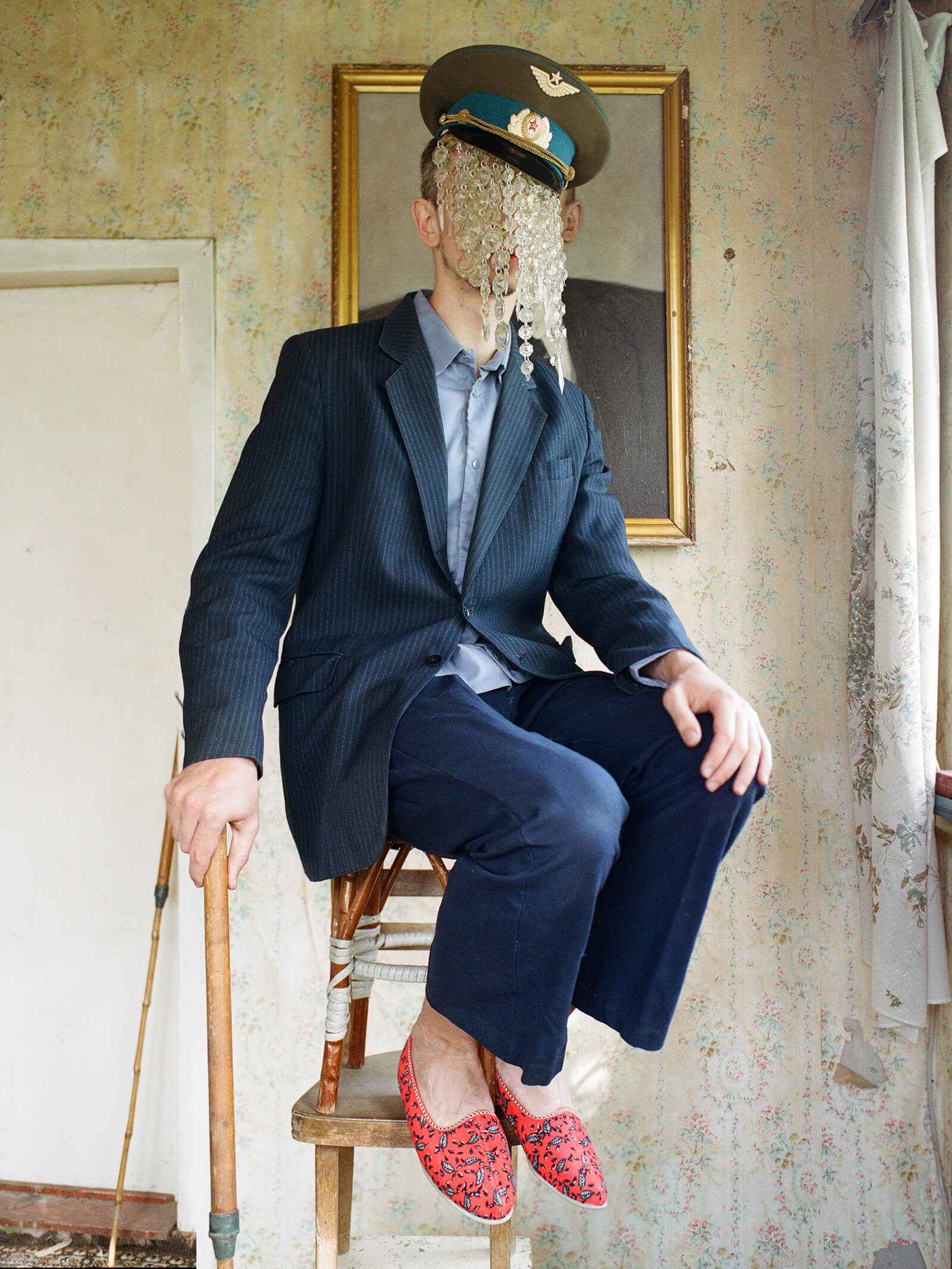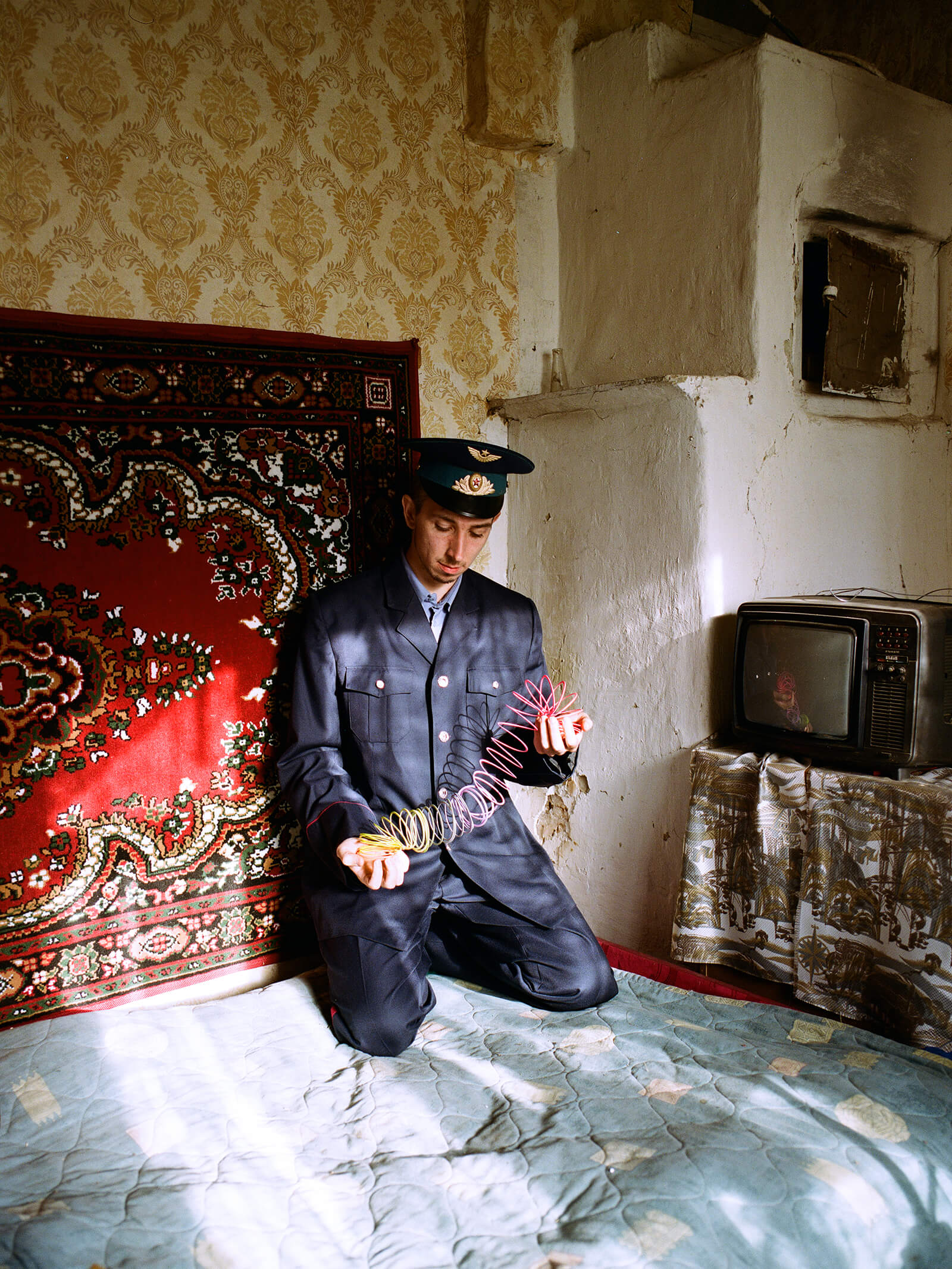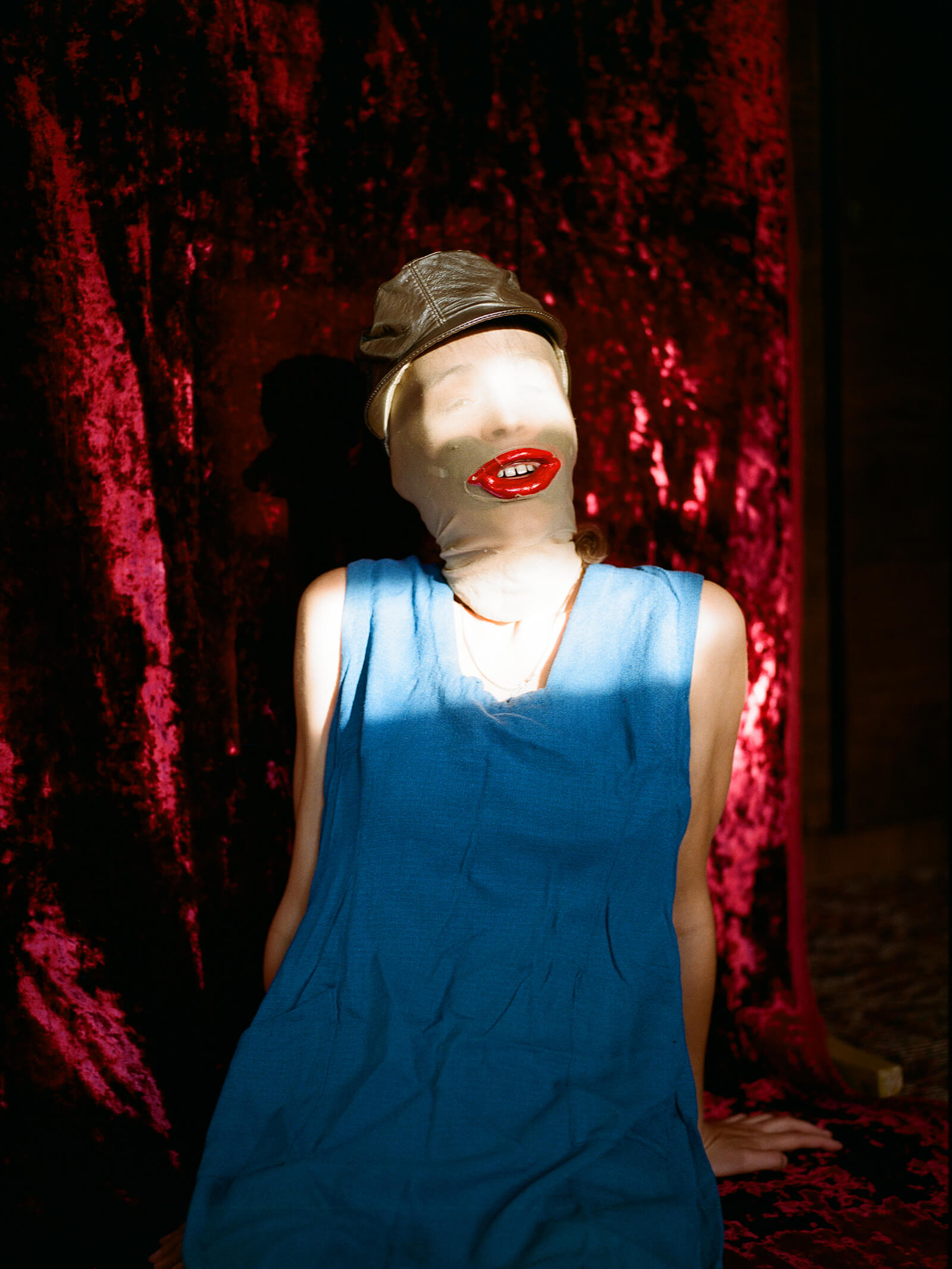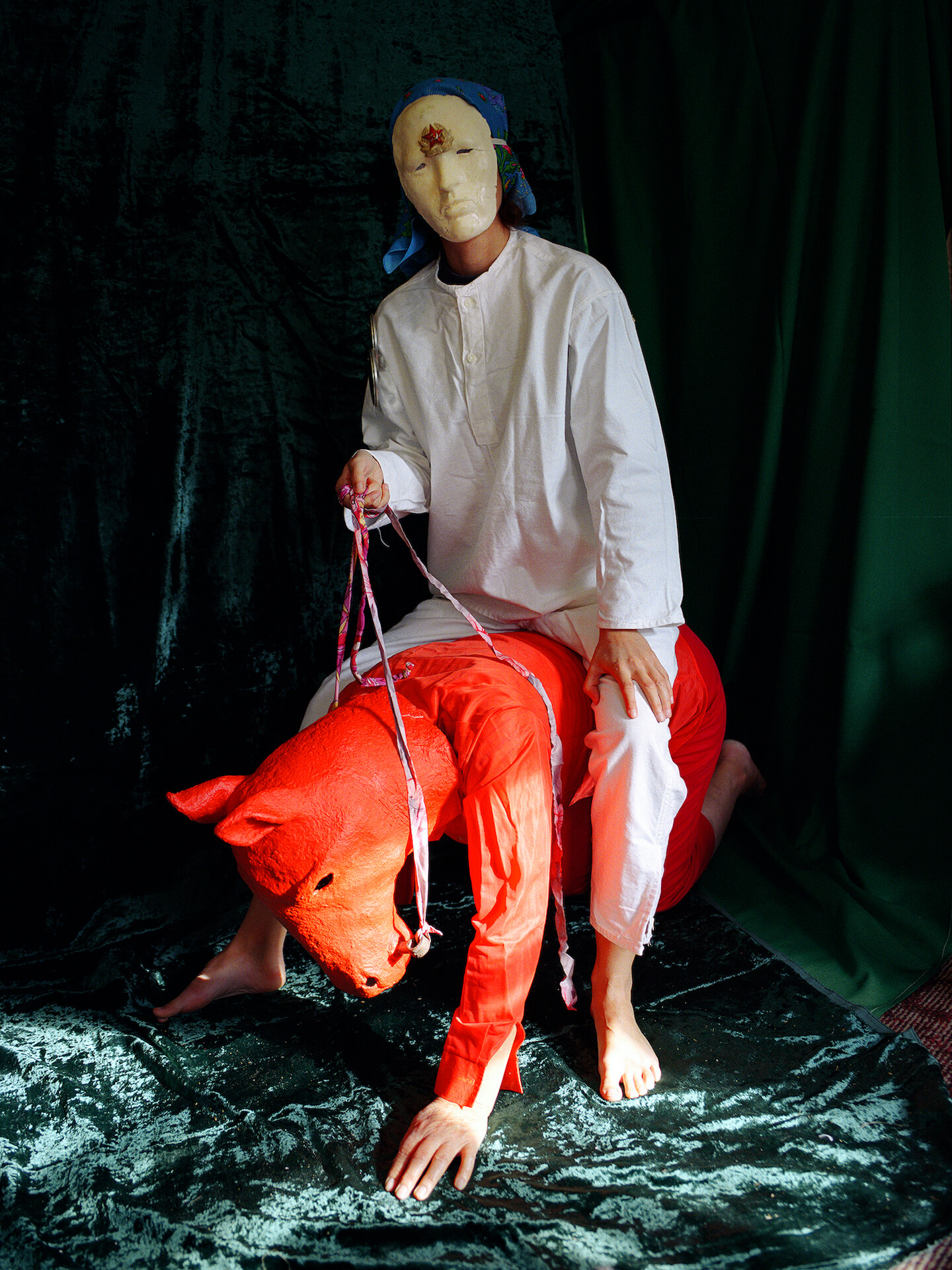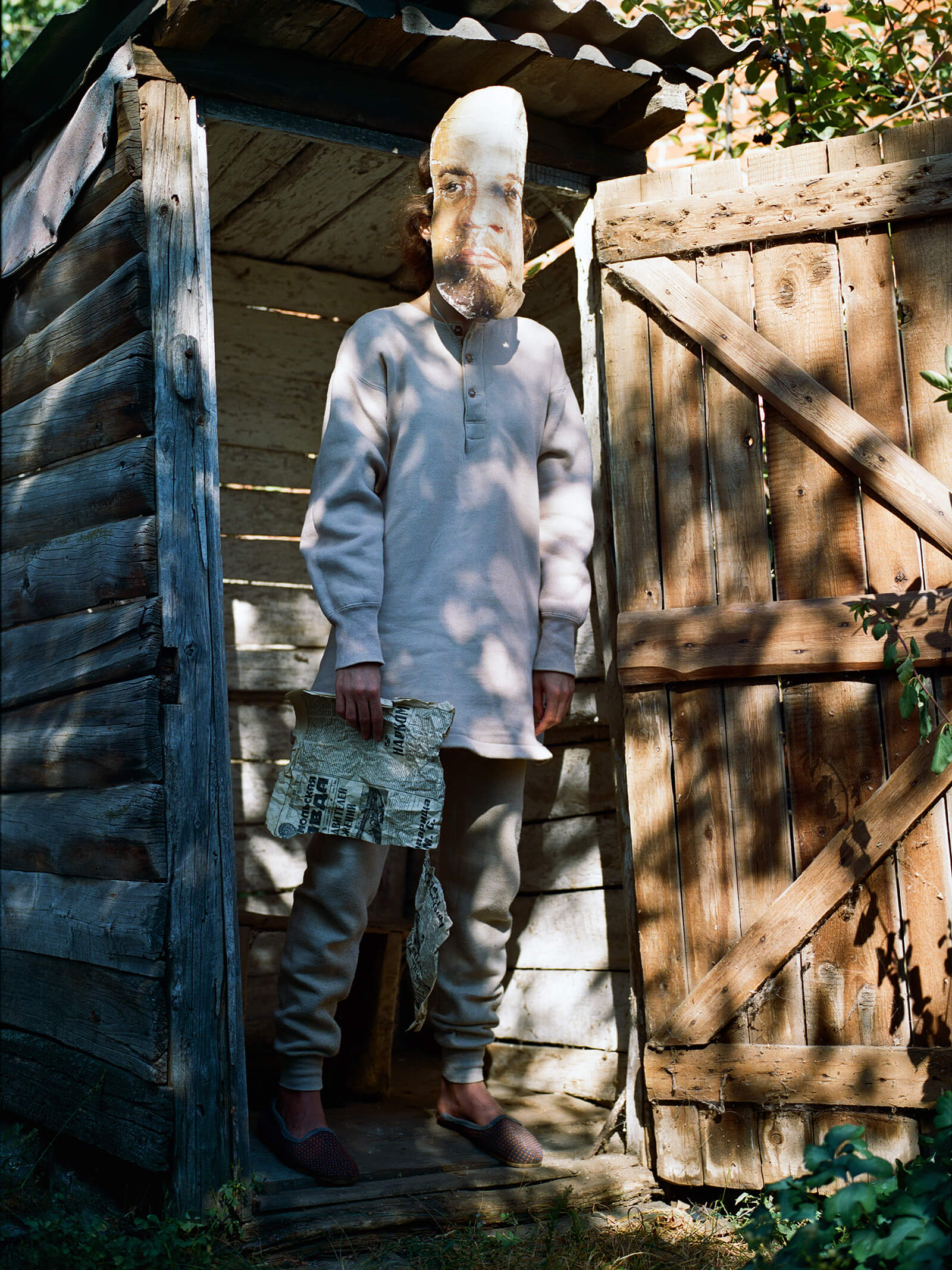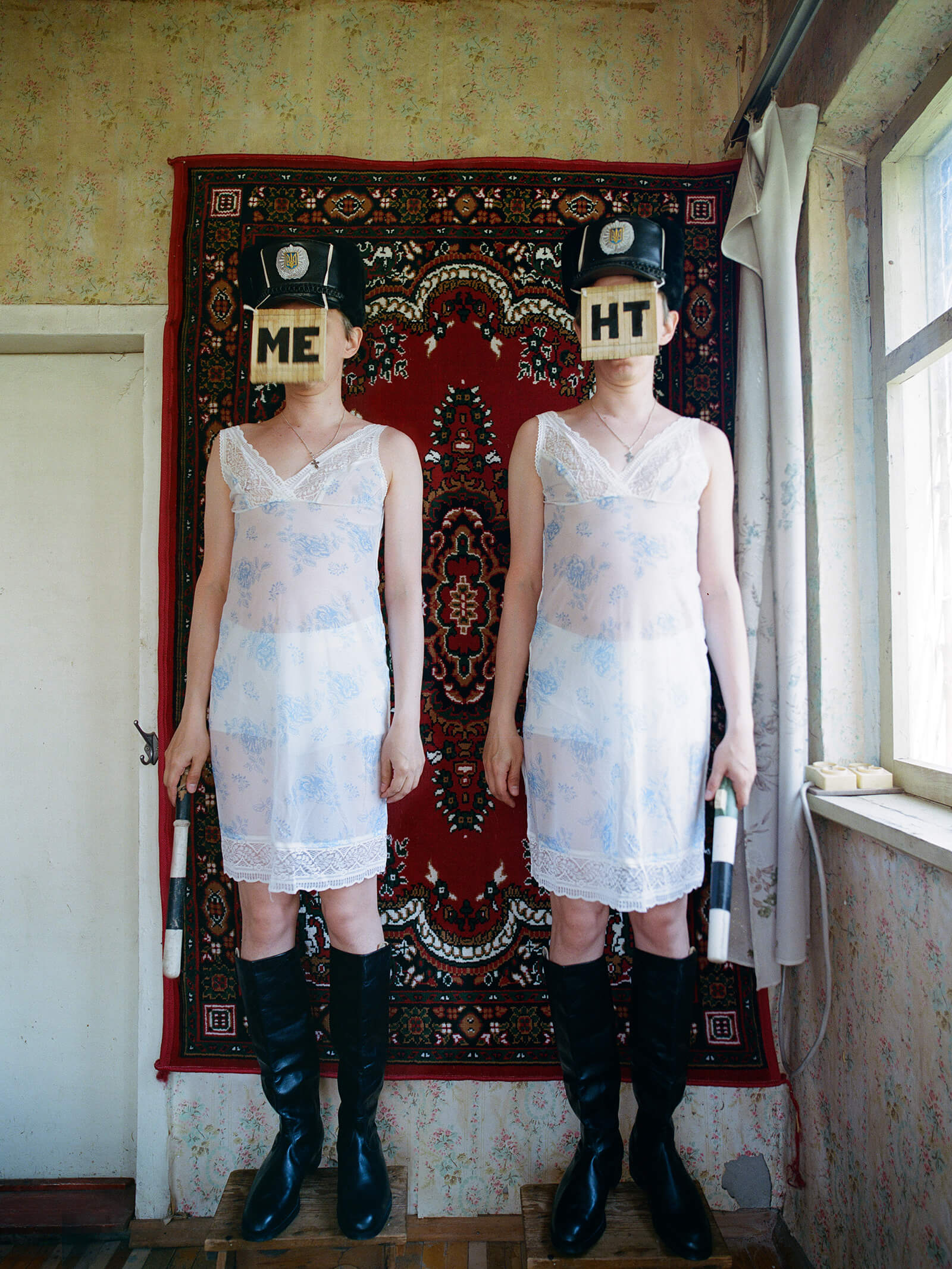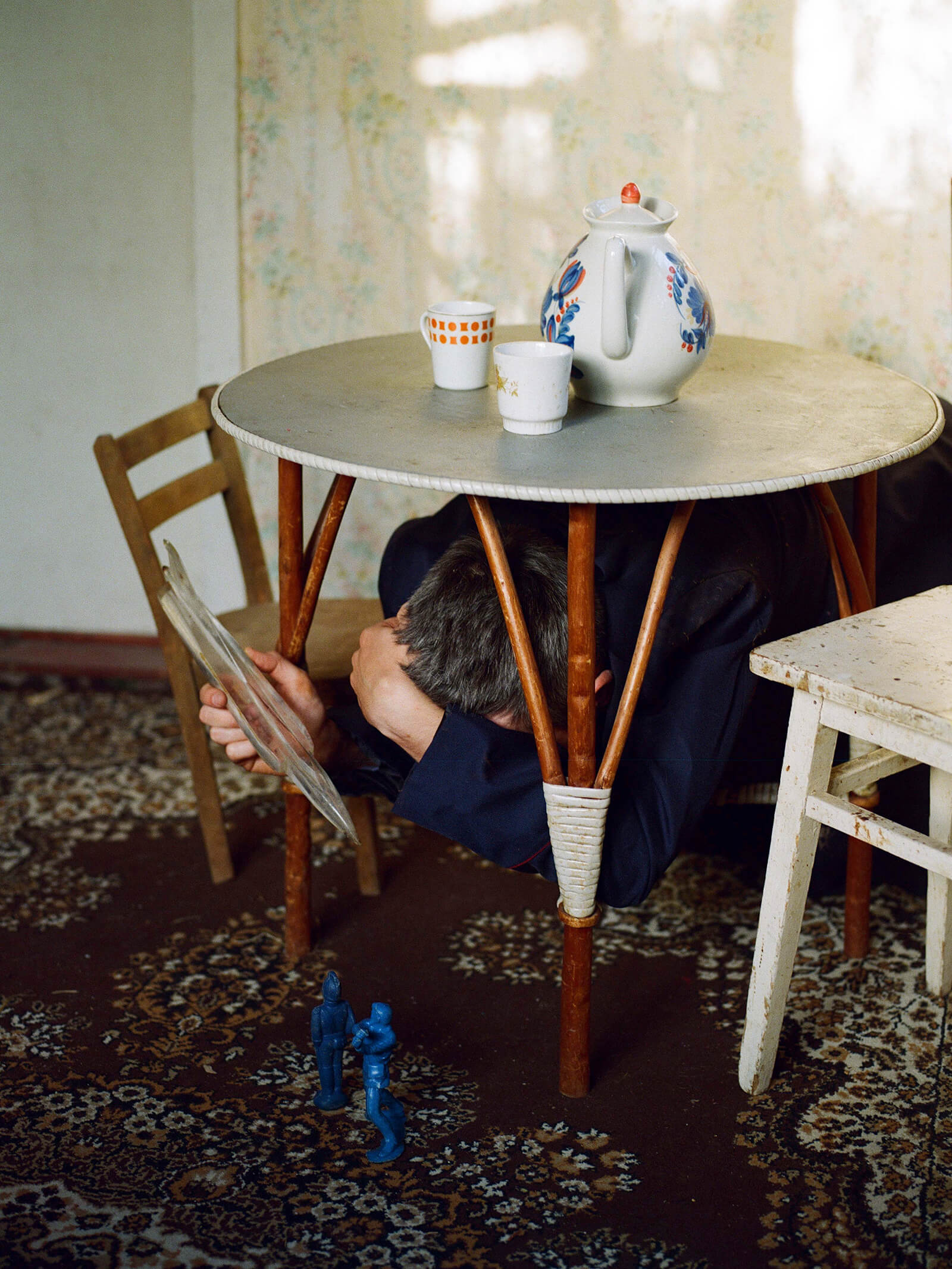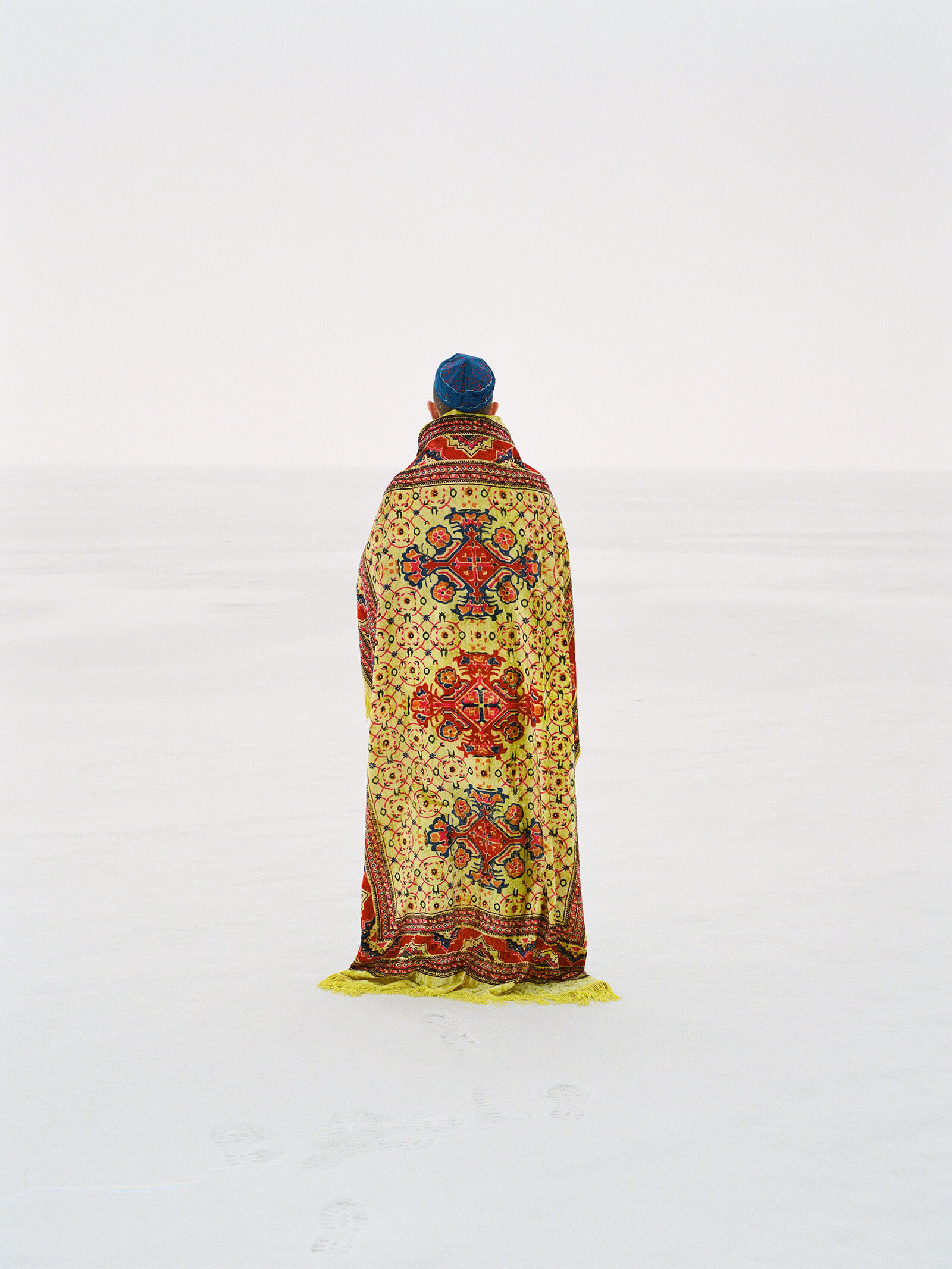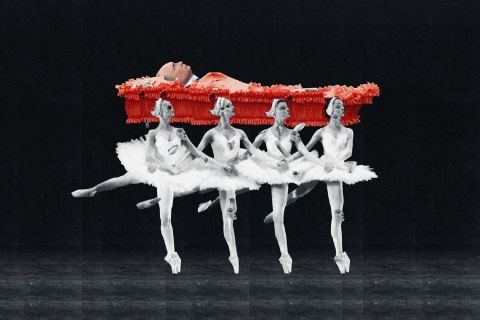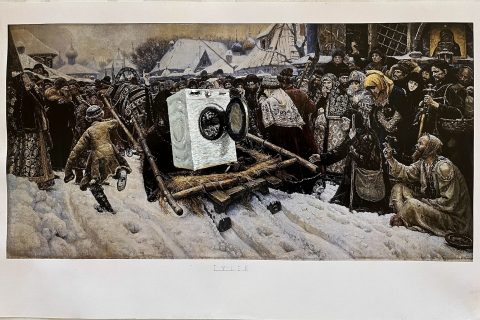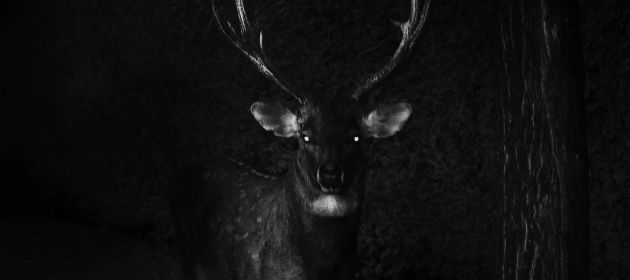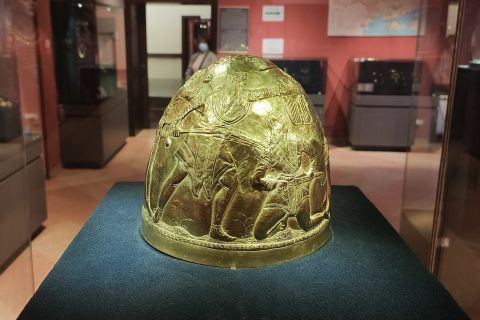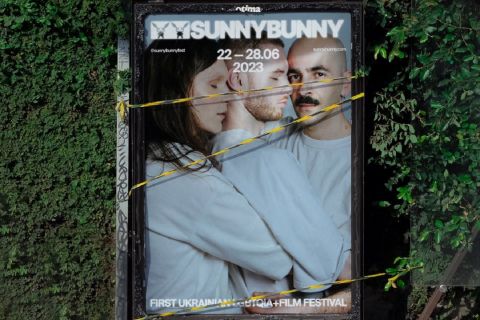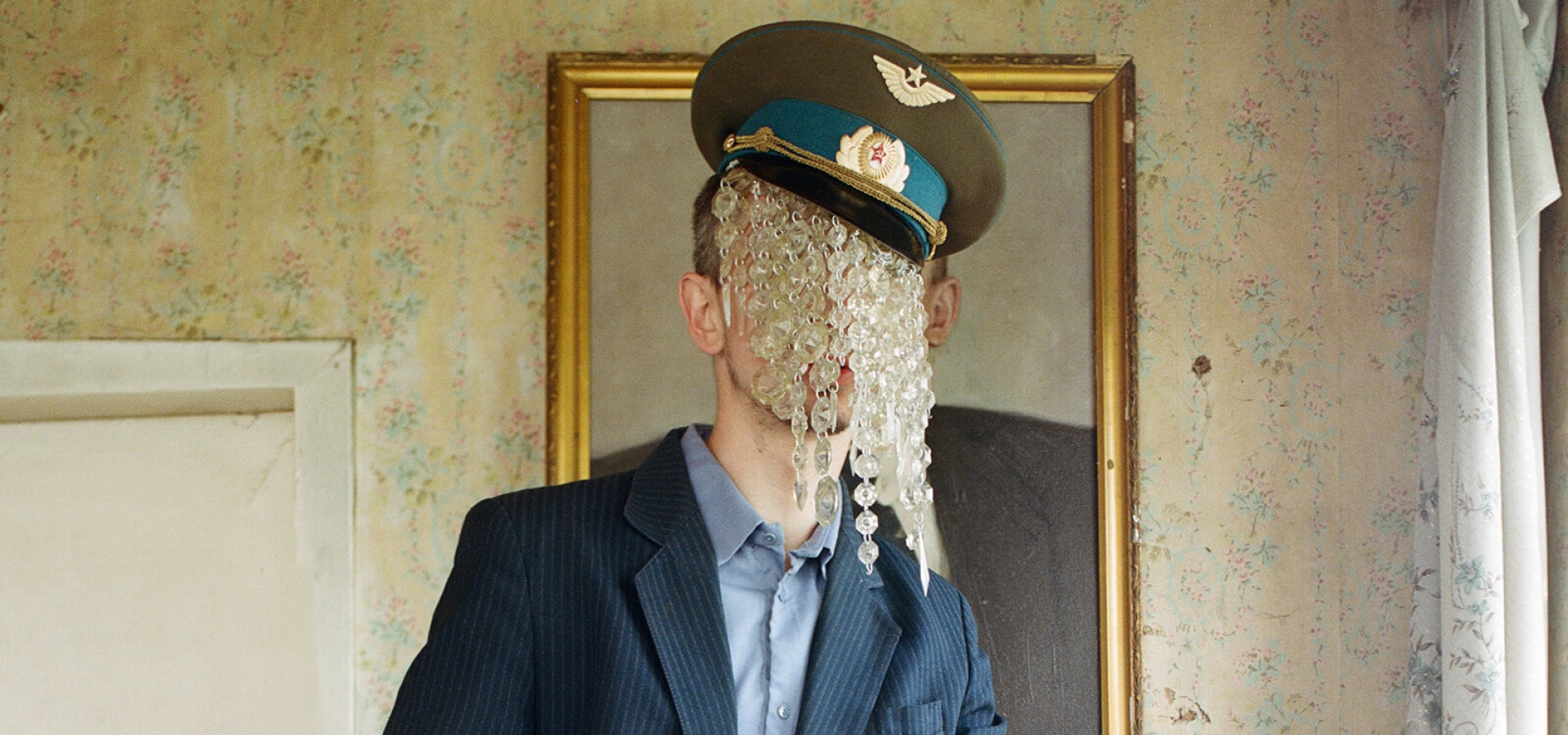
Heroes of the Times Past in Pavlo Borshchenko’s Project
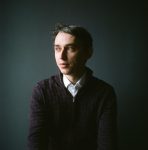
A photographer, he grew up in Sumy, holds a Master’s Degree in computer science, and works in the tech industry. Also, he finished Viktor Marushchenko’s and Bird in Flight’s photo schools and completed Image Threads Collective’s photo book course. Pavlo lives and works in Kyiv.
For me, heroification is a Soviet practice aimed at plugging holes in the overall process organization. After all, a society where everybody does their job needs no heroes. It makes sense to return to glorification during the war, but we need to step back from it again when the peaceful time comes.
My Catch the Hero series is about finding an inner backbone when you have zero sense of security. When some heroes are broken, and others are discredited or dull, you get a desire to find and catch your inner hero.
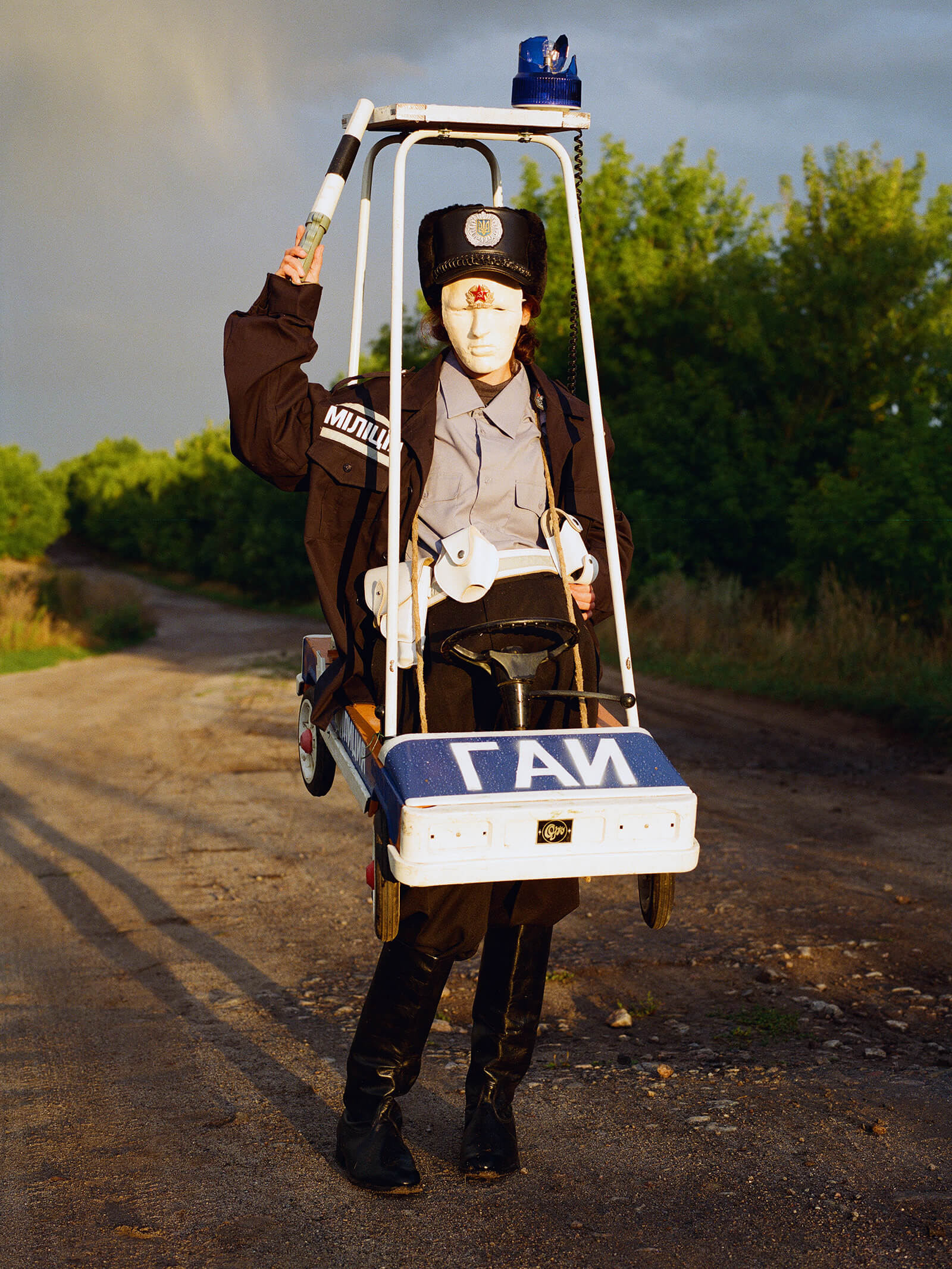
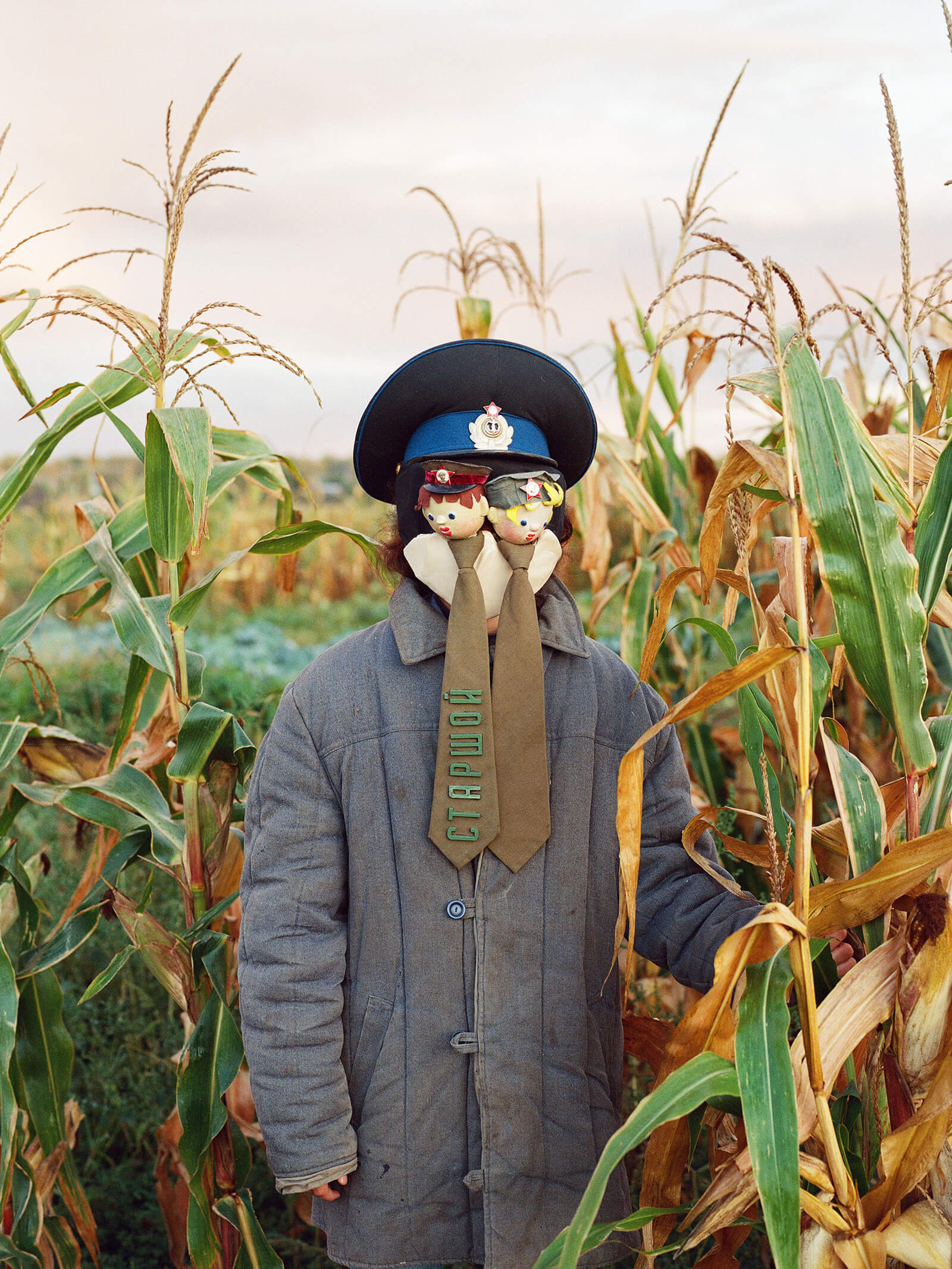
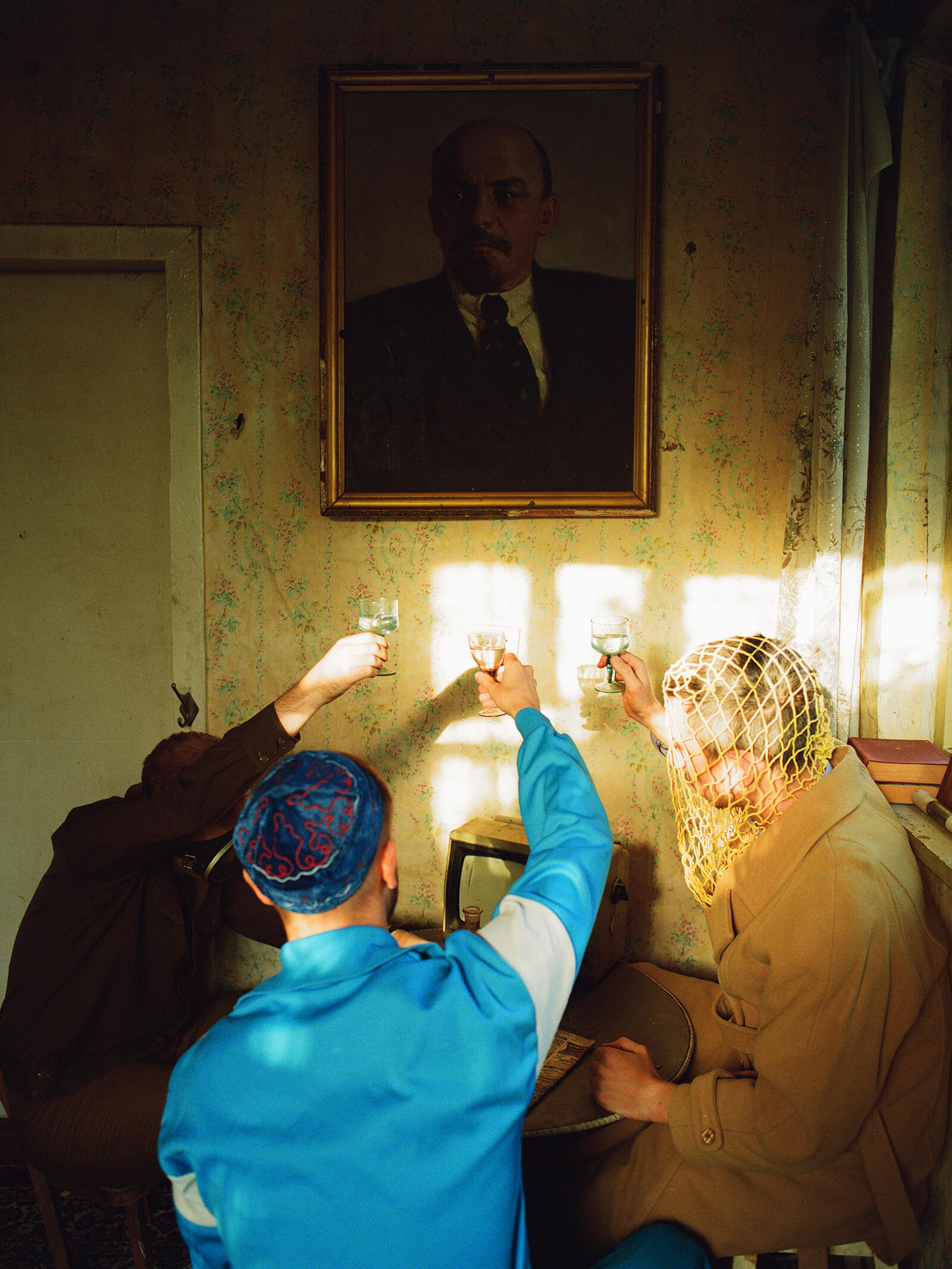
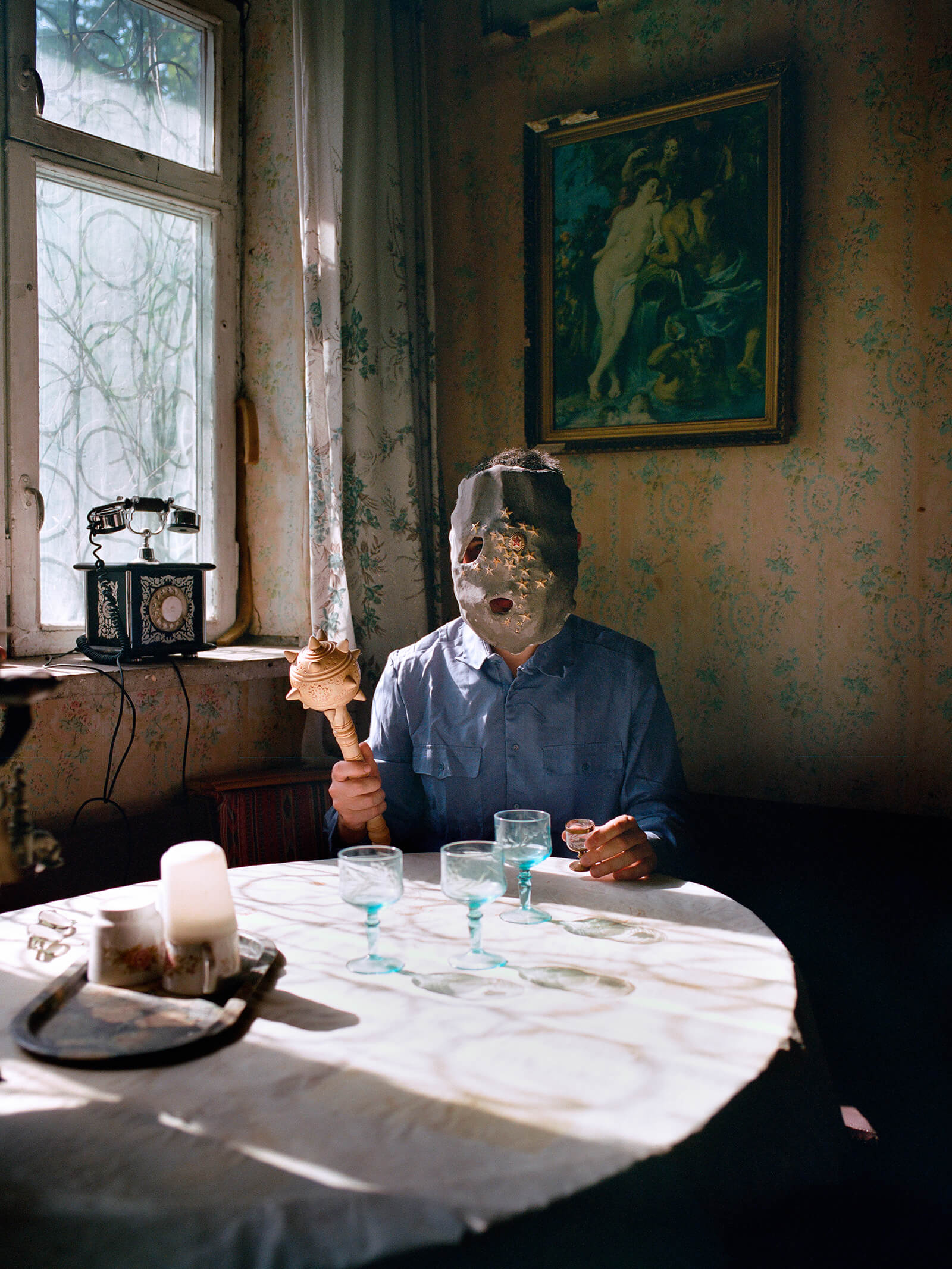
I wanted to make the TV photo for some time — it should have been about the ballet broadcast as a symbol of revolutionary change. I made the TV from a piece of old guitar and clipped a picture from a ballet magazine, but the latter was too difficult to incorporate. Luckily, the image of TV worked by itself.
I went with Lenin because it’s a powerful image and a widely reproduced one at that. Stalin and Hitler were quickly delegitimized as tyrants, but not Lenin. He keeps appearing in mass culture almost as a religious cult founder. And the fact that Lenin remains in the Mausoleum means that this cult still exists. In contrast to religion, however, it currently lives on borrowed time, so I’m not afraid to hurt someone’s feelings while studying the myth-building process around Lenin.
Lenin keeps appearing in mass culture almost as a religious cult founder.
The Soviet aesthetic has become a part of our mentality — I grew up with it. But how do you carry on if society is polarized about preserving this heritage? This duality aspect intrigues me and resonates with my current disposition.
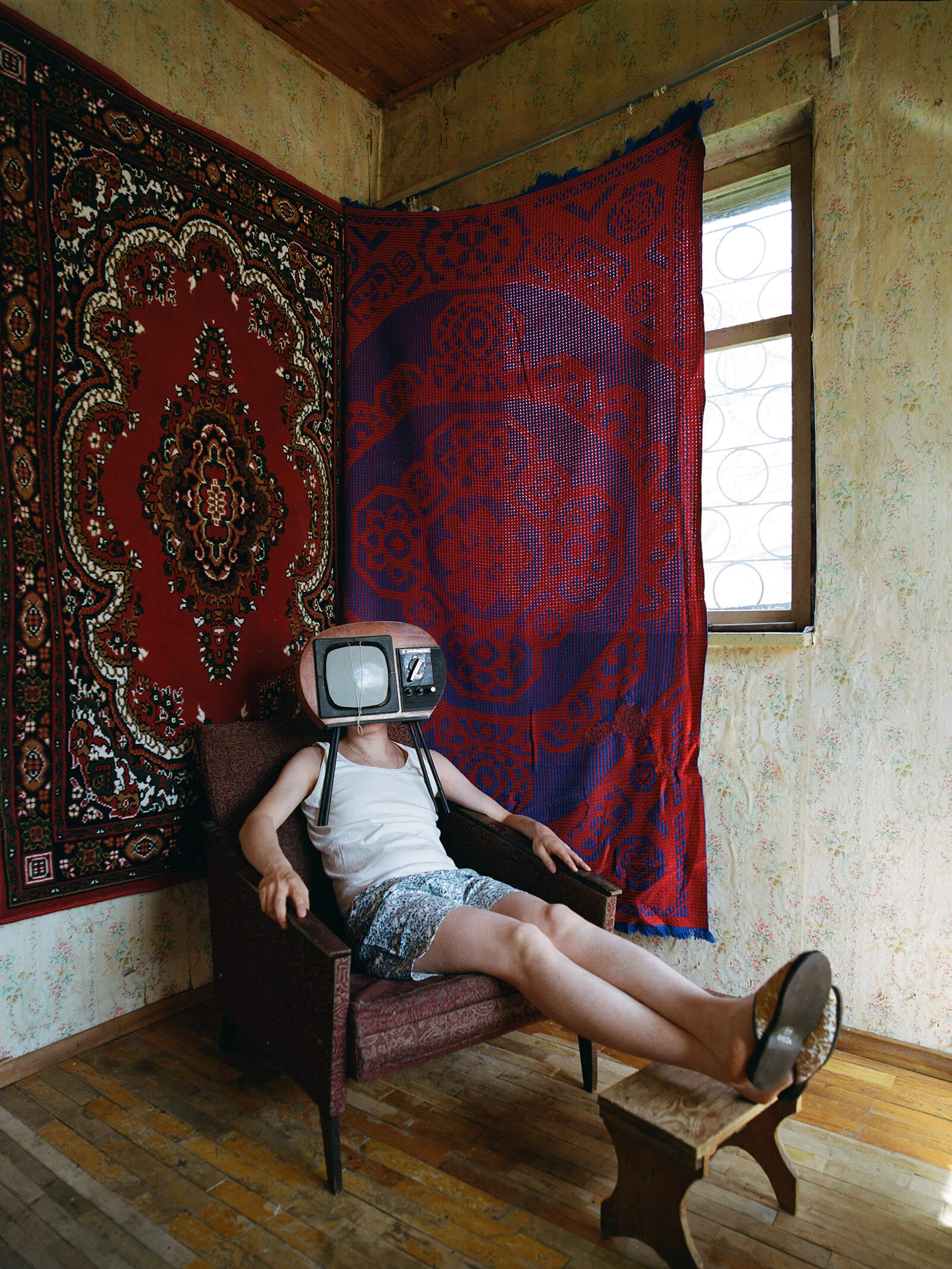

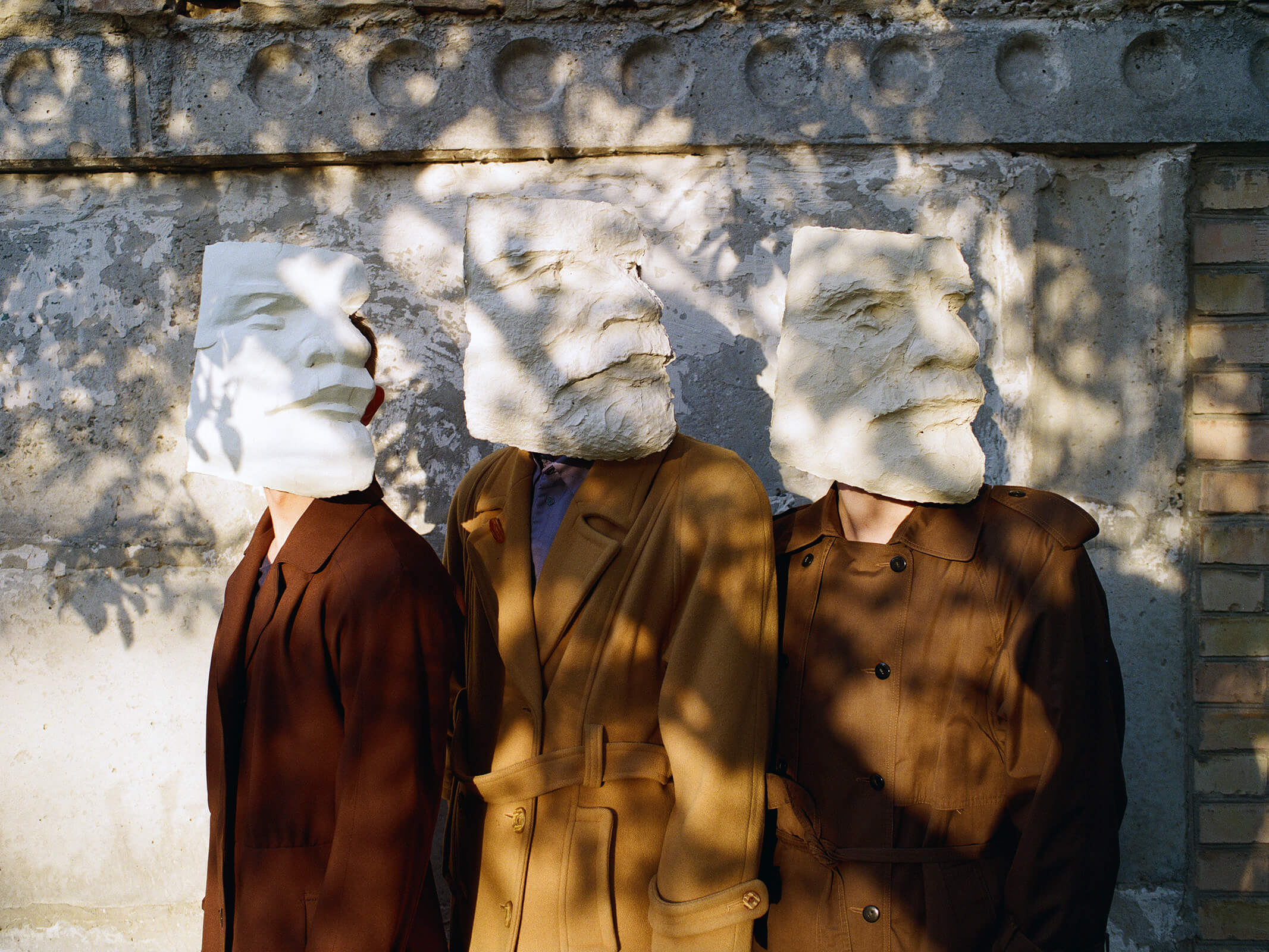
The series didn’t grow into a coherent whole for a long time — I just photographed disjointed subjects. The first picture was the one with a masked person holding a mace — I shot it at my wife’s summer cottage. I had no expectations, but the lighting was magical, and the frame came together.
I usually plan the shots beforehand, scouting locations, inventing looks, and finding props or buying them on OLX. Many of the things my family took to our summer house in the country came in handy at the early stages. Then my wife’s grandparents turned out to have lots of antiques at their summer cottage: everything from boots with soles cut off and frock coats to diverse furniture. It was another layer of that deficit culture, where people hoarded all kinds of items “just in case”. Eventually, they accumulated so many things that they were better off not touching anything and just locked up the cottage in the mid-1990s.
It was another layer of that deficit culture, where people hoarded all kinds of items “just in case”.
Still, it wasn’t the props that made the photo shoots special, but the spontaneity of it all — the lighting, the mood, and the people. If the shot comes together, you can’t just reproduce it — it will come out different, even though we are talking about the staged pictures. For this reason, I never re-shoot.
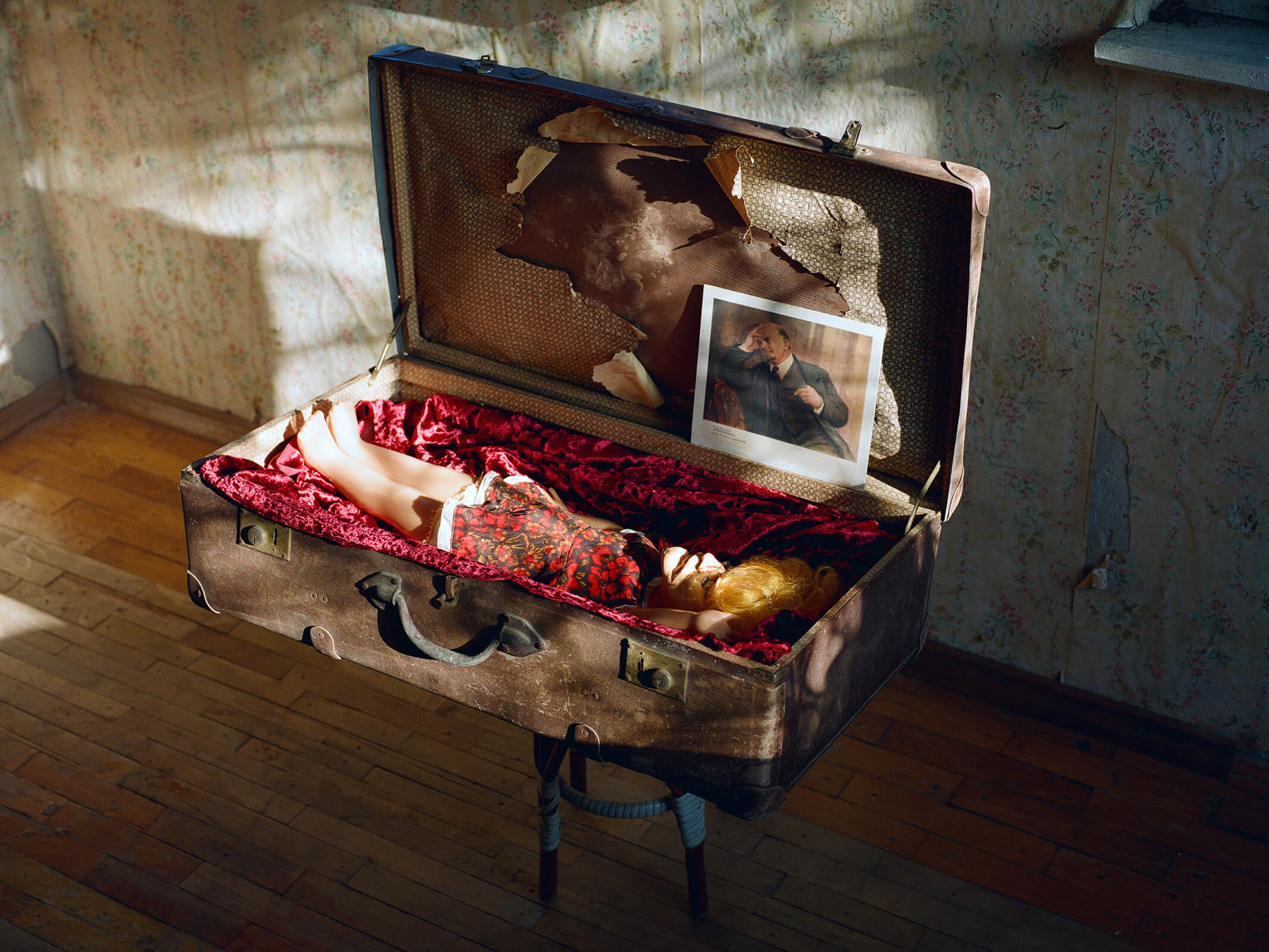
I make some props, like masks, myself from papier-mâché or plaster. For the shot to be authentic, the props need to carry the mark of age. Modern materials make photos kitschy, and I want to avoid that. This approach also reflects my love of hoarding things. I don’t care about the mass market — I look for the items that are almost impossible to buy now. For instance, I have recently bought an excellent set of large aluminium letters, nearly the entire alphabet. It’s about 10 kilos of aluminium. Now I can build slogans from them.
Modern materials make photos kitschy, and I want to avoid that.
I shot the project on the 6×4.5 cm medium-format film. The film choice was informed by the aesthetics and colour it produces. Besides, it limits the number of shots, saving me time on their digital processing, which is crucial because I spend much time in front of the screen at work as it is.
I want to explore this theme further. Three months into the war, it has gained even more relevance, although the focus has shifted. It’s hard to say if I’ll add any new photos to the project. Still, I’d like to keep developing the mythologization theme.
I don’t really like the current attitude toward projects in photography. I like the smoother division into series, periods, etc. used in art. It feels like making a marketing campaign: here’s where it starts, and here’s where it ends. The student finishes a photography school with two or three finished projects seeing no difference between a series of three shoots and a deep work sometimes spanning years. I consider myself more of an artist and therefore see my work as exploring specific themes as opposed to sorting photos in folders.
